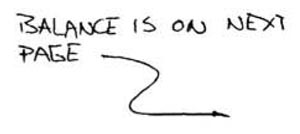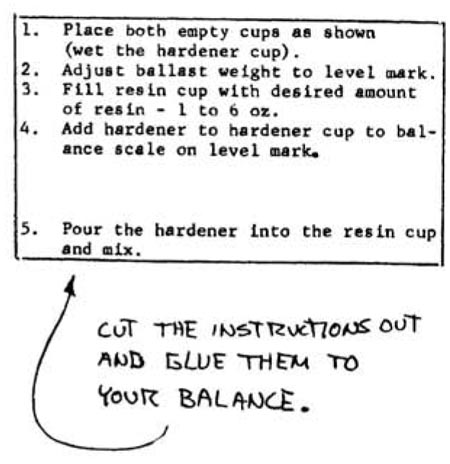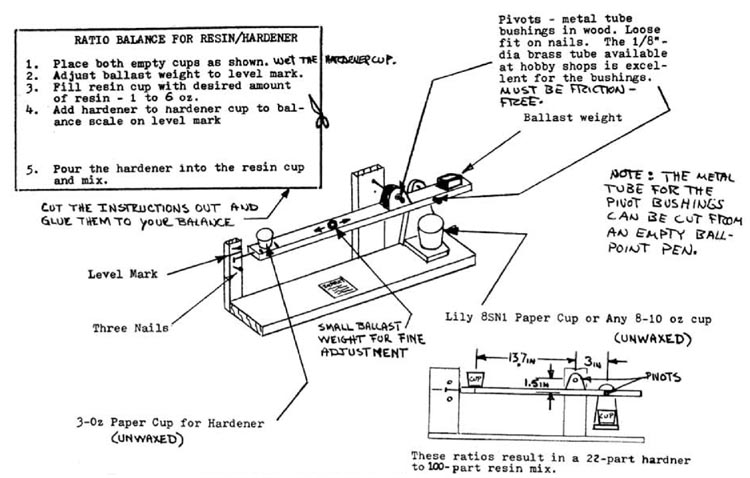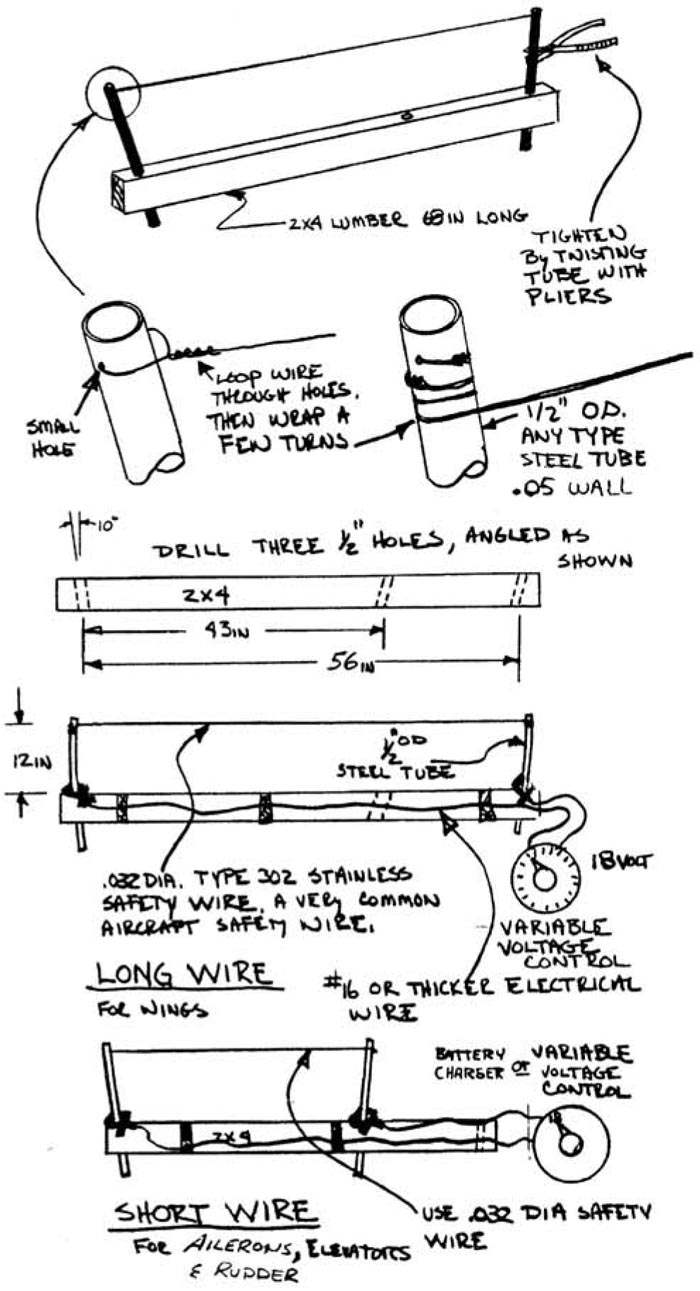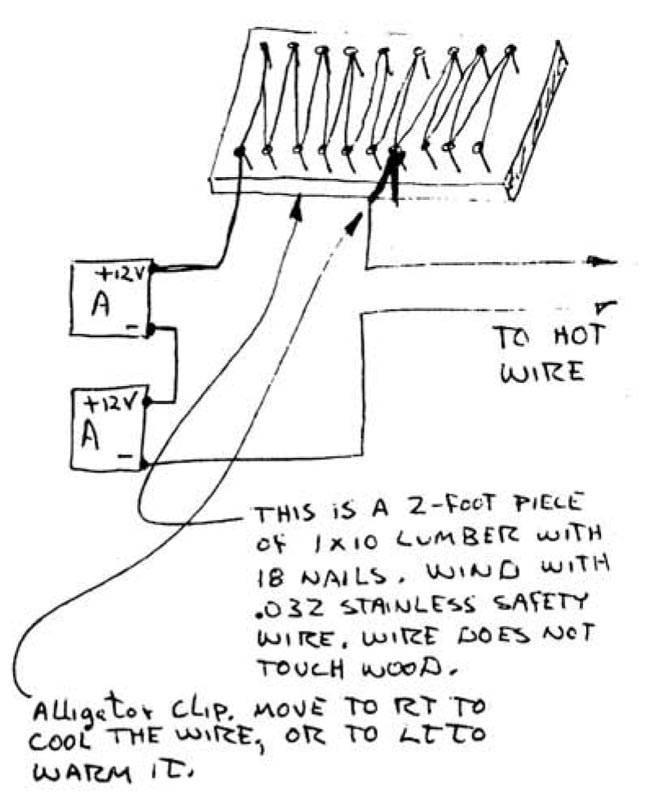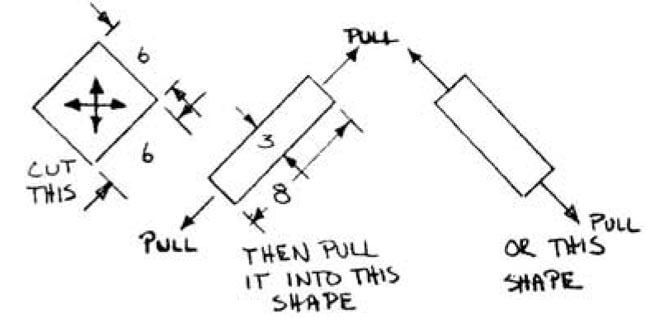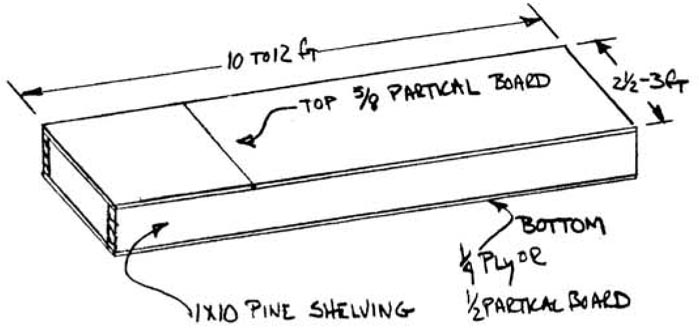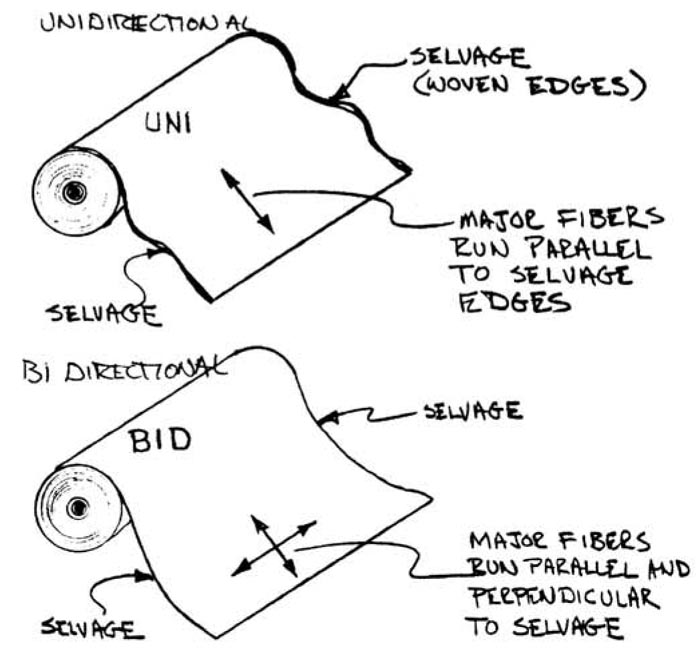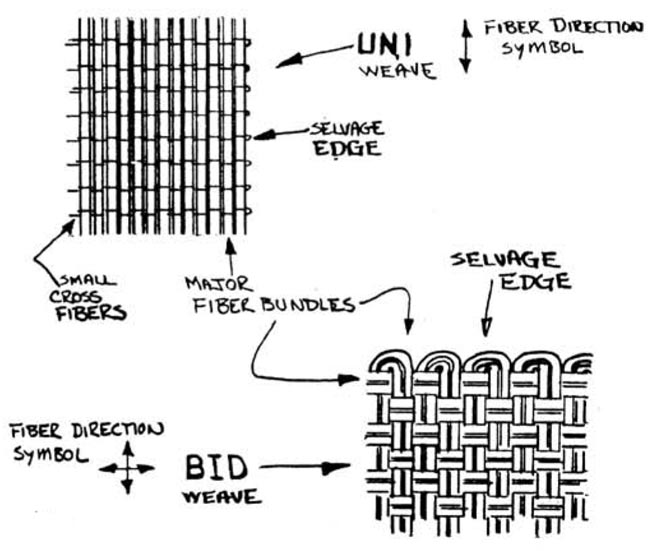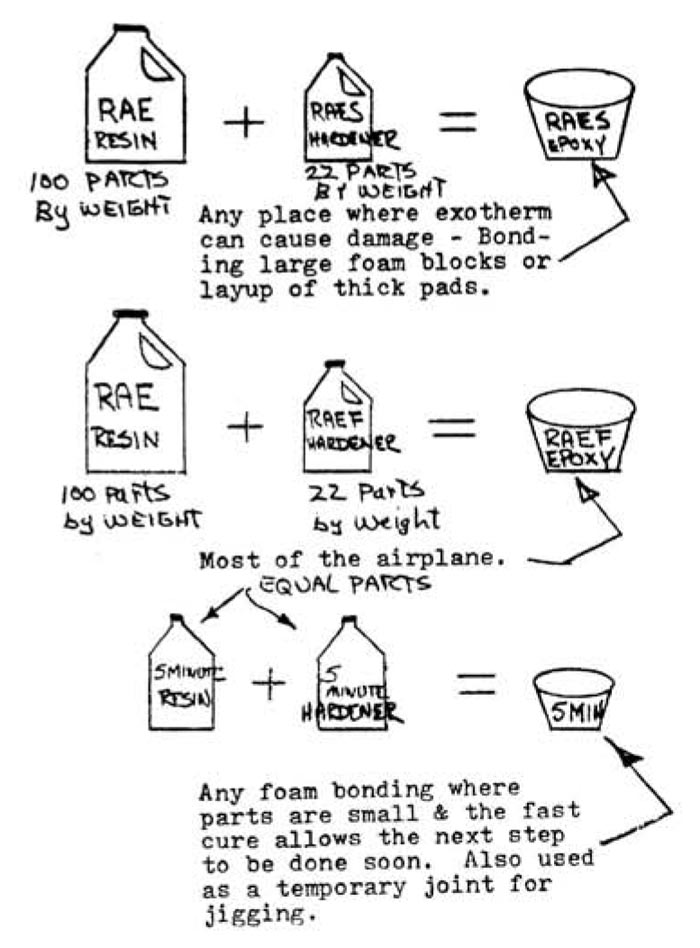Q1 Plans Chapter 3 Page 3-1
- Details
- Category: Quickie Plans
- Published: Wednesday, 19 November 2008 00:00
- Written by Dan Yager
- Hits: 11041

CHAPTER 3
EDUCATION
DON'T SKIP THIS SECTION. Every hour you spend in this preparation section will save you five when you really start building your aircraft.
GENERAL
In this section you won’t build any part of your airplane. What you will do is learn how to build your airplane the right way. This construction technique is radically different from anything you’ve done before (including building boats, surfboards, airplanes, and gocarts), and you should assume there is only one correct way to do it. We’ve discovered lots and lots of wrong ways of doing things and have written the plans to keep you from repeating our mistakes. We insist that you do things our way. If you have a better idea, suggest it to us, we’ll test, and if it really is a better idea we’ll publish details in the QUICKIE NEWSLETTER
This section will teach you all of the techniques required to build your airplane, show you what special tools you need and how to use them. The educational samples that you will build in this section are designed to give you experience and confidence in all of the techniques that you will use in the construction of your airplane. The steps in construction of each sample are arranged in sequence (as are the steps in construction of the actual aircraft parts) and you should follow the sequence without skipping any steps. You will learn the basic glass layup technique used throughout the aircraft, special corner treatments, foam shaping, cutting, and joining methods. A summary of these techniques is provided on yellow paper for you to tack up on your shop wall.
TOOLS
There are certain tools which are necessary to complete the aircraft. Three lists of tools are provided here. The first is the absolute bare minimum required, sacrificing efficiency; the second is a recommended list for the best compromise of cost and work efficiency; the third is a list for the “Cadillac” of shops where ease of construction is more important than money. The non-common items are stocked by the Quickie distributors.
- Basic Required Tools
Common Household Butcher Knife
Coping Saw
1/4" Drive Socket Set
Small Open End Wrenches
Sandpaper 36-grit carborundum Aloxite Fastcut (50 sheets), also 220-grit and 320-grit wet or dry silicon carbide (20 sheets each)
Pliers
1" putty knife
Hacksaw
Blade & phillips screwdriver
Box of single-edge razor blades
24" carpenter's square
Felt Marking Pens
3-ft straightedge
100 eight-oz paper cups (Lily 8SN1)
50 3-oz paper cups (unwaxed)
12-ft decimal steel tape (Stanley 461-112)
1/4" drill with #30, #32, #10, 1/4" and #12 bits
#10-32 & 1/8" NPT TAPS
Roll of grey duct tape
1" paint brushes (25)
6" plastic or rubber squeegee
Scissors
Wire Brush
Pop Rivet Puller
Homemade balance for ratioing epoxy
Wall thermometer 50 to 100° F
1/4" hand drill - Recommended Tools (in addition to those above.)
Dremel-type miniature high-speed hand grinder with saw and router bits.
6” to 9” disc-type hand sander
Set of 1/4”, 1/2” & 1” chisels (wood)
Small set of X-Acto knives
Stipple rollers
1/2”-dia 100° counter sink (piloted)
6” machinist steel ruler
X-Acto ragor saw
Box of wood tongue depressors to mix epoxy
6 ft straightedge
Cheap holesaw set or flycutter
3/8" variable-speed hand drill
12" long drill bits - #10 & 1/4"
Hand broom/brush
Large commercial 12" scissors (Wiss #20W)
Sabersaw
Bench-mounted belt sander
Stanley surform plane
Square & half round file
Several 6" C-clamps
Vacuum cleaner (shop type)
10" 18 tooth/inch handsaw (see sketch)
Approx 150 lb of small weights *
* Weights are used to hold various parts down while epoxy cures. They’re bear in 5 to 15—lb pieces. The items in the photo work great. We got them for 5¢/lb at a local scrap yard. Sand filled milk cartons also work well.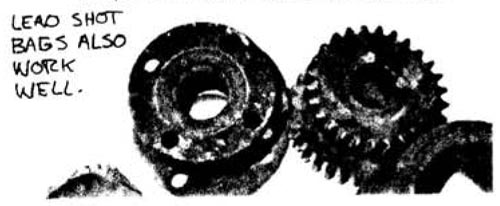
- For the First Class Shop (in addition to those above)
Drill Press
18-inch bandsaw
Vernier Caliper
Epoxy ratio pump (Michael Engineering Dispenser)
90° drill adapter
Air compressor with blow nozzle
Orbital Sander
3/8" & 1/2" spotface - Items Used Only Occasionally & Can Be Borrowed
Nicopress sleeve tool
1 dozen 1/8" Clecos
Hotwire voltage control
The following tools are ones you make:
Sanding Blocks
These are required in many areas during construction and for finishing. You may also use a “soft block,” which is a block of the blue styrofoam wrapped with sandpaper.
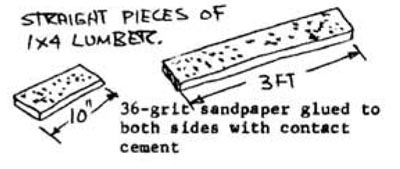
Alot of elbow grease is saved if you replace the sandpaper often.
Long Straightedge
This is not absolutely required, but is quite handy when jigging or checking the straightness of flying surfaces. it is merely a 6-ft or 8—ft lx3 or 1x4 piece of lumber that is hand-selected to be “eyeball straight.” You can get it one of two ways: (1) Order it from Aircraft Spruce or Wicks - they plane them perfect from dry lumber. (2) Sort through the lumber (dry fir or redwood) at your local lumber yard until you find one that looks straight when you eyeball it from one end. Mark it and hang it on the wall so it doesn’t end up as part of a shelf!
Epoxy Balance
Devices which automatically ratio the correct amount of resin and hardener and dispense it with the pull of a lever are available from VariEZE distributors for approximately $130. These save time and epoxy. You can ratio the epoxy the way we did in building N7EZ and N4EZ by building the following simple balance; Cut out the 5-step instructions and glue to your balance - don’t skip steps! Follow each step exactly every time you mix epoxy.
